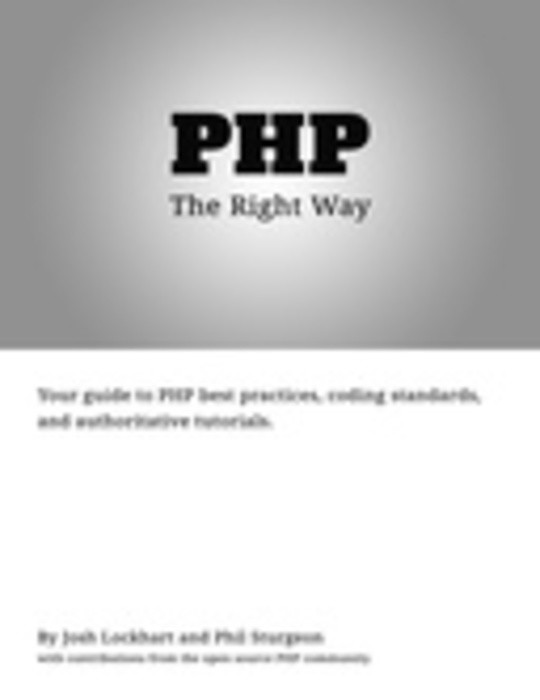
Learn OpenGL
Free
Description
Contents
Reviews
Language
English
ISBN
Unknown
1 Introduction
1.1 Prerequisites
1.2 Structure
1.2.1 Boxes
1.2.2 Code
1.2.3 Color hints
1.2.4 OpenGL Function references
Part I — Getting started
2 OpenGL
3 Creating a window
4 Hello Window
5 Hello Triangle
6 Shaders
7 Textures
8 Transformations
9 Coordinate Systems
10 Camera
11 Review
Part II — Lighting
12 Colors
13 Basic Lighting
14 Materials
15 Lighting maps
16 Light casters
17 Multiple lights
18 Review
Part III — Model Loading
19 Assimp
20 Mesh
21 Model
Part IV — Advanced OpenGL
22 Depth testing
23 Stencil testing
24 Blending
25 Face culling
26 Framebuffers
27 Cubemaps
28 Advanced Data
29 Advanced GLSL
30 Geometry Shader
31 Instancing
32 Anti Aliasing
Part V — Advanced Lighting
33 Advanced Lighting
34 Gamma Correction
35 Shadow Mapping
36 Point Shadows
37 Normal Mapping
38 Parallax Mapping
39 HDR
40 Bloom
41 Deferred Shading
42 SSAO
Part VI — In Practice
43 Text Rendering
44 2D Game
45 Breakout
46 Setting up
47 Rendering Sprites
48 Levels
49 Ball
50 Collision detection
51 Collision resolution
52 Particles
53 Postprocessing
54 Powerups
55 Audio
56 Render text
57 Final thoughts
Index
The book hasn't received reviews yet.











